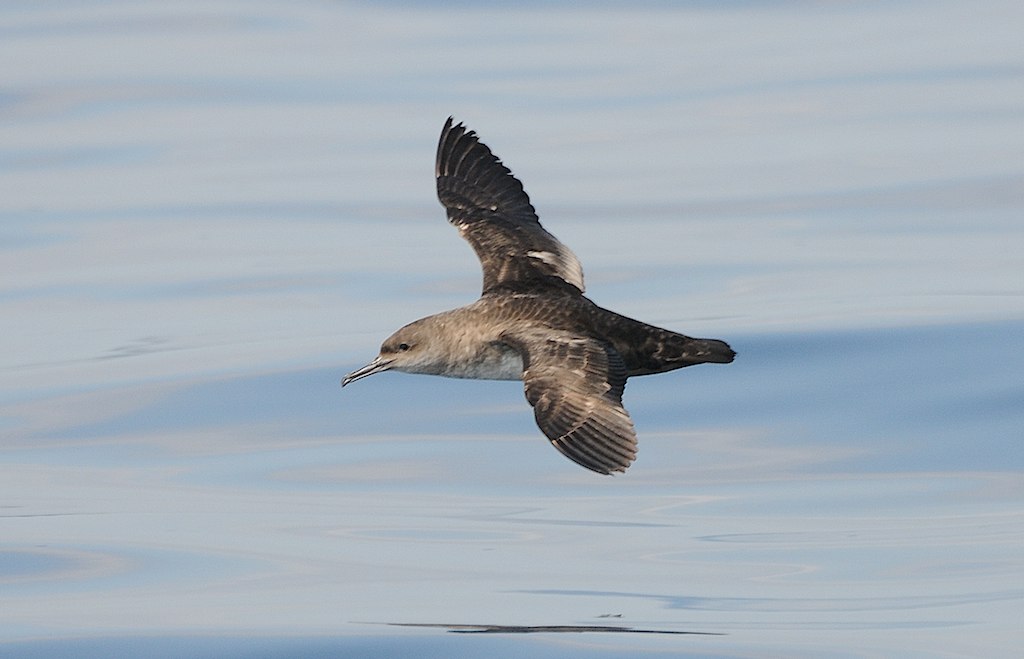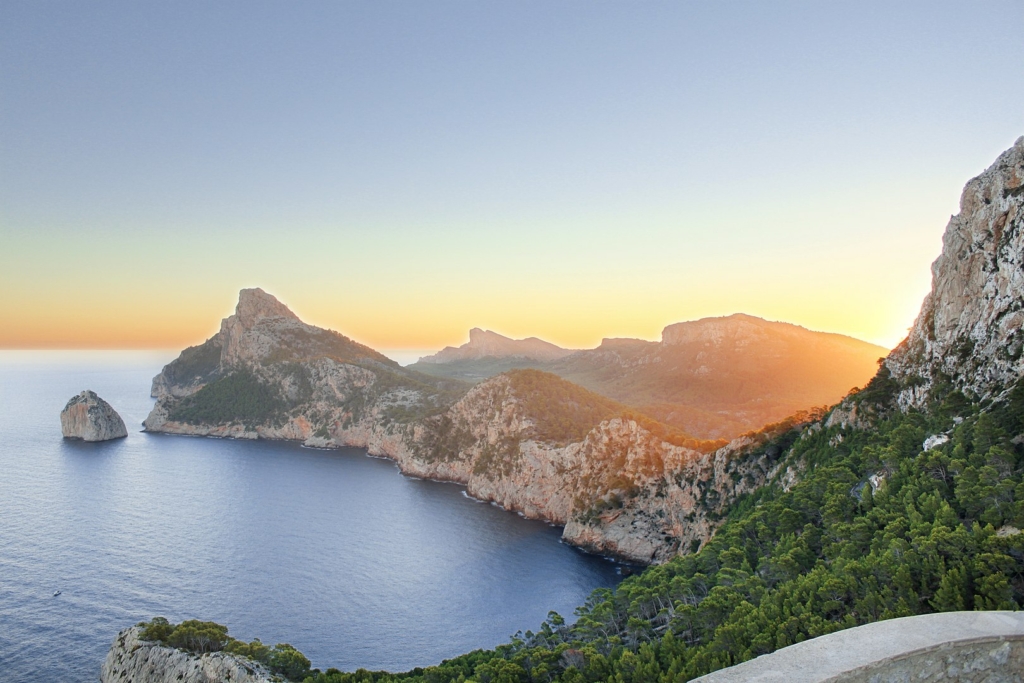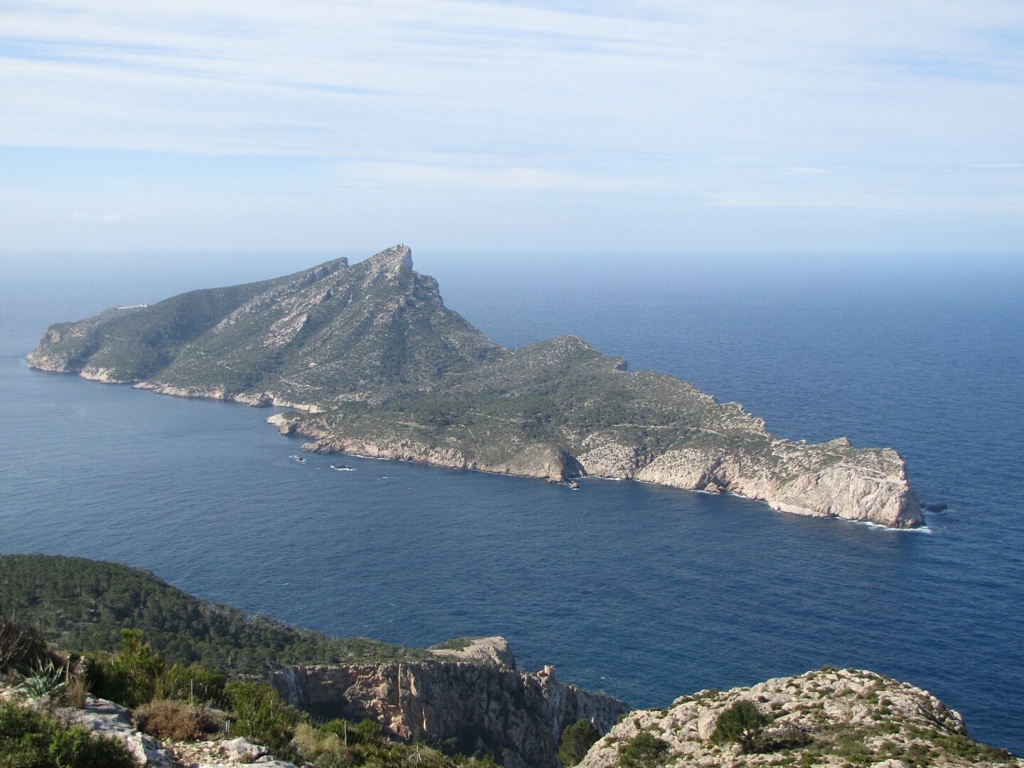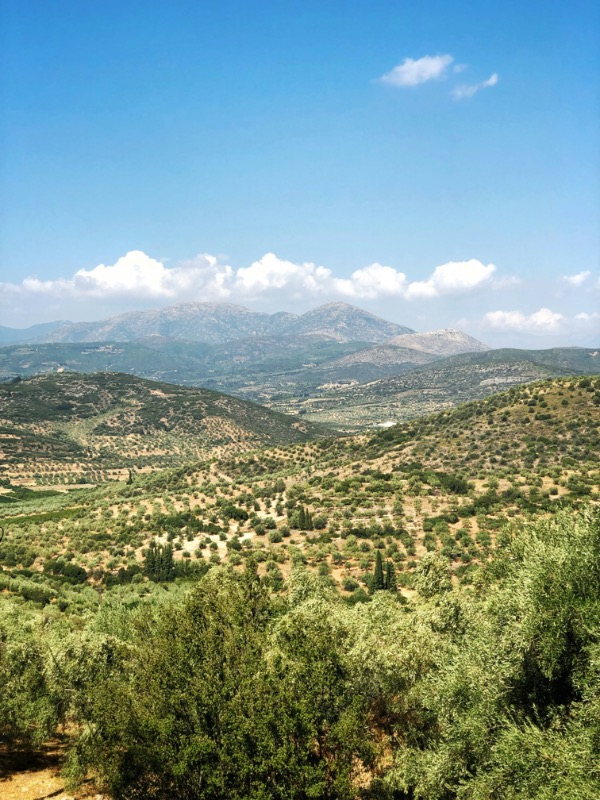
The pleasing results of the long-term study
Since 2013, the population of the Balearic shearwater in the Dragonera Nature Park by a group of biologists from the Balearic Islands University (UIB) intensively monitored in collaboration with the universities of Oxford and Liverpool. In the most recent census in 2024, 27 breeding pairs were recorded on the island - a significant increase on the seven pairs counted in 2013.
The researchers have been counting nests and pairs of birds at random over the course of a decade, gaining important insights into the way of life and threats to this rare species. The result of these efforts is not only an increase in the number of breeding pairs, but also a growing awareness of the importance of protecting this unique bird species.
Why the protection of the Balearic shearwater is so important
The Balearic Shearwater is a medium-sized seabird that grows up to 40 cm long and is therefore slightly smaller than a black-headed gull. It is known for its hoarse, falsetto-like, rising cry that echoes across the islands, especially in the evening.
But it is not only its distinctive call that makes the Balearic shearwater special. The birds breed in colonies on remote islands such as Dragonera, which are among the few territories where standardized monitoring is possible. Around ten percent of the global population of this endangered species.
Development of the Balearic shearwater on Dragonera
| Year | Number of breeding pairs | Comment |
|---|---|---|
| 2013 | 7 | Start of the study, low population |
| 2024 | 27 | Significant recovery thanks to protective measures |
Successful protective measures and their importance
The Island Council of Mallorca and the researchers emphasize the importance of controlling hostile animals that pose a threat to the Balearic shearwater. In particular, invasive species such as rats, which feed on the shearwater's eggs and young birds, have been targeted. These measures are crucial for the conservation of the native fauna and contribute directly to the positive development of the population.
A spokesperson for the research team said: "These positive results give hope for the future of this endangered species and underline the fundamental role of conservation in improving the status of native fauna."
Balearic shearwater "Maireta" sets new depth record off Formentor
The Balearic Islands are known for their rich biodiversity, but every now and then the islanders manage to surprise even the most experienced conservationists. This is what happened during a dive by the Balearic shearwater "Maireta"which was recently discovered off the coast of Formentor set a new depth record. The news portal "Crónica Balear" reported with reference to the international nature conservation organization SEO/BirdLife of this impressive event.

Maireta reached a depth of 37.75 meters - a value that is far above the usual dives of this bird species. Normally, Balearic shearwaters, which breed exclusively on the Balearic Islands, dive to depths of only ten to twenty meters. But Maireta, who is named after a fishing boat that caught her off the coast of Barcelona, showed exceptional skills at depth.
The researchers had previously fitted Maireta with a GPS transmitter in order to be able to track her movements precisely. This decision paid off: The GPS data not only provided evidence of the impressive dive, but also enabled the scientists to track the bird's long journeys in detail.
Maireta's thirst for adventure took them along the Iberian coast, through the Strait of Gibraltar to Brittany. Particularly fascinating: her non-stop journey across the Bay of Biscay, during which she reached a speed of over 62 kilometers per hour achieved. An achievement that is not only unusual for her species, but also a sign of her remarkable stamina and sense of direction.
These new findings are of great importance for species conservation. They show how important it is to understand the migratory movements and diving behavior of these endangered birds in order to better protect their habitats. The Balearic shearwater depends on extensive feeding areas, which often coincide with marine protected areas. By understanding these behaviors, targeted conservation measures can be developed and implemented to protect these fascinating birds and their natural habitats.
Maireta is further proof that the Balearic Islands are not just a paradise for tourists, but also a hotspot for biodiversity. With its records and adventures, it shows us how much there is still to learn about life below the water's surface.
Dragonera - An island full of natural treasures and importance for nature conservation
Dragoneraalso known as the Dragon Island, is an uninhabited rocky island off the west coast of Mallorca, which can be reached through the narrow Canal des Freu is separated from the mainland. With a length of around 4.2 kilometers and a width of only around 780 meters at its narrowest point, Dragonera forms a natural protective barrier against the waves of the open sea. The island is part of the Sa Dragonera Nature Park, which was founded in 1995 to protect this unique ecosystem.

The island owes its name to its dragon-like shape, which is particularly easy to recognize from the sea. Dragonera is not only geologically interesting, but also of great ecological importance. It is home to a large number of endemic plants and animals that only occur on the Balearic Islands. Of particular note is the fact that Dragonera is one of the last refuges for rare and endangered bird species, including the Balearic Shearwater (Puffinus mauretanicus).
Round ten percent of the global population of the Balearic shearwater find a safe breeding area on Dragonera. The steep cliffs and remote rocky outcrops provide ideal conditions for the breeding colonies of these birds, which nest in the caves and niches of the rocks. This natural isolation makes Dragonera a particularly important place for the protection of this endangered species.
In addition to the Balearic shearwaters, other seabirds such as the Eleonora's falcon (Falco eleonorae)which has its nesting grounds on Dragonera, as well as various species of gulls and cormorants. The waters around Dragonera are rich in fish species that serve as food for the birds, and the unspoiled nature of the island provides a perfect habitat for a variety of marine life.
The Sa Dragonera Nature Park is not only an important protected area, but also a popular destination for hikers and nature lovers who want to experience the pristine beauty of the Balearic Islands. Several well-signposted hiking trails lead through the rugged landscape of the island, past old watchtowers that were once built to protect against pirates. Today, these towers offer breathtaking views of the deep blue Mediterranean and the coast of Mallorca.
Visitors to Dragonera can not only observe the rich birdlife, but also learn more about the history and geology of the island. Guided tours and information panels offer deep insights into the importance of this nature reserve and the challenges associated with preserving its fragile ecosystem.
The importance of Dragonera as a nature reserve cannot be overestimated. The success in the recovery of the Balearic shearwater population shows that targeted conservation measures on the island are bearing fruit and giving hope for the preservation of other endangered species. Dragonera is therefore a symbol of the successful efforts to protect nature on the Balearic Islands and beyond.
isla Reading tip:
Sources for this isla Article:
- Wikipedia: Balearic Shearwater
- Wikipedia: Sa Dragonera
- Wikipedia: Cap Formentor







0 Comments